The best Ultrabooks 2025: best thin and light laptops
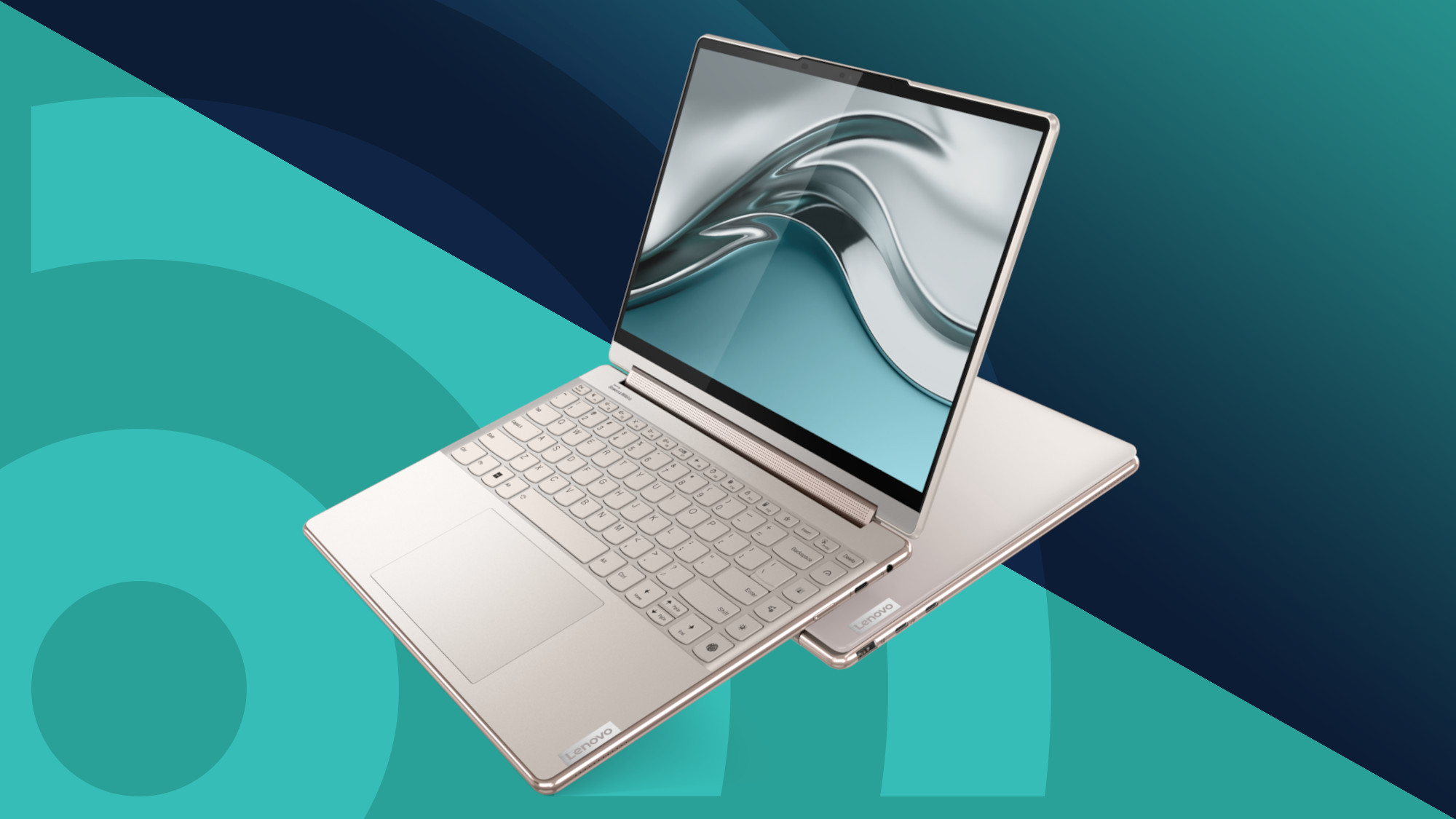
The best Ultrabooks have come a long way since the category was first introduced back in 2011. Initially conceived by Intel as a name for ultra-thin and light laptops with industry-leading battery lives, these days Ultrabooks are premium laptops with gorgeous designs and cutting-edge technology, and they are no longer tied to Intel hardware (the company has switched to calling these devices 'Intel Evo' laptops, which is far less exciting-sounding).
Ultrabooks also remain Windows 11-only, though of course you can still get some brilliantly thin and light Chromebooks and MacBooks as well.
This does mean there's now more choice than ever if you're looking to buy an Ultrabook in 2025, and in the past few months we've seen some brilliant new Ultrabooks get released, including the Asus Zenbook S 16, Dell 16 Premium, and affordable Acer Swift 14 AI.
We're currently in the process of overhauling this entire page with all the very latest Ultrabooks, but I've made sure to give you our pick for the best Ultrabook right now, so you can buy with confidence. The rest of the list will be updated in October 2025 with brand-new models, so check back then as well.
The best Ultrabooks in 2025
Why you can trust TechRadar
Below you'll find out picks for the best Ultrabook of 2025. We've tested each one extensively, so you can trust that we're bringing you the best Ultrabook options for your need and budget.
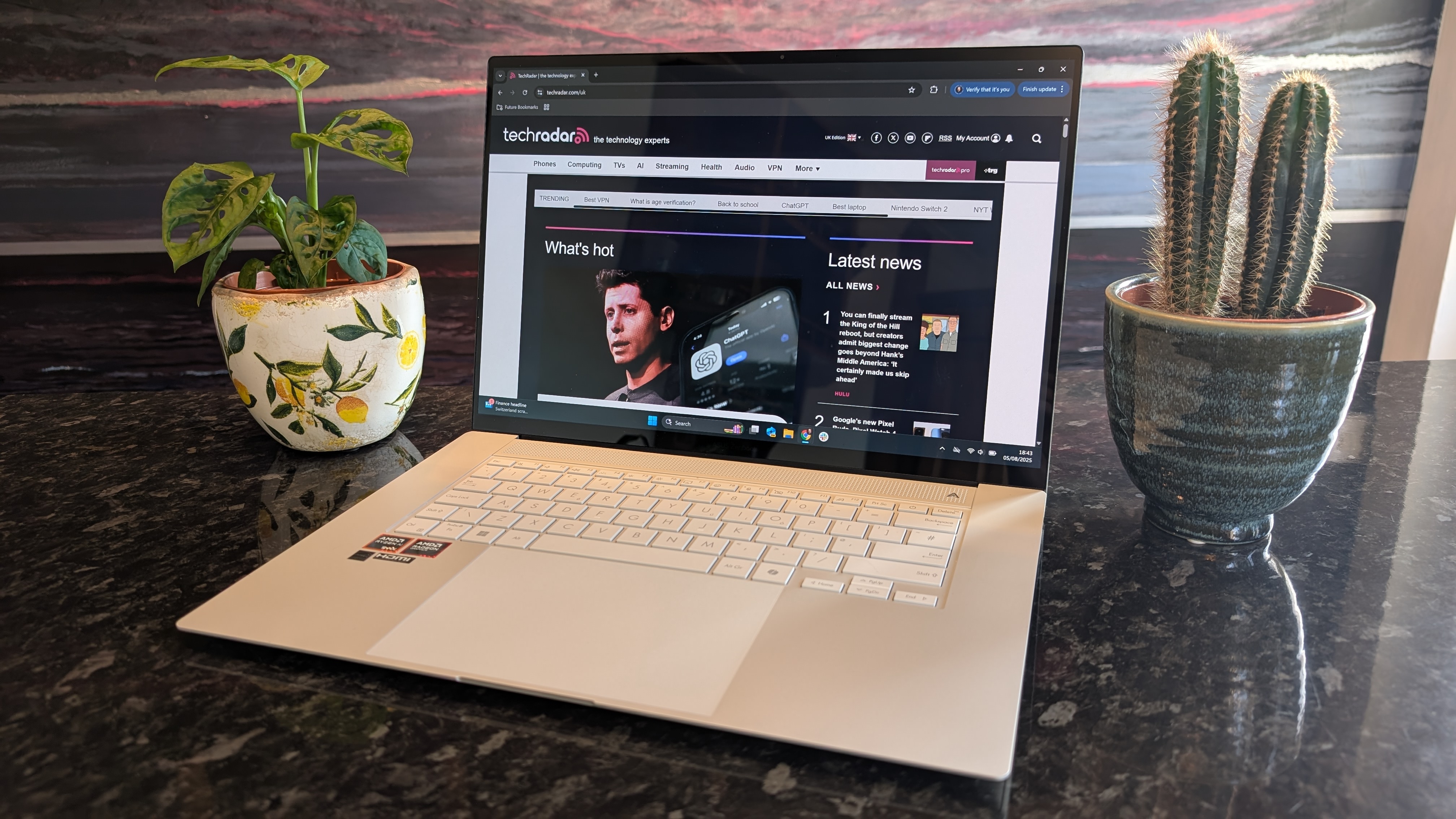
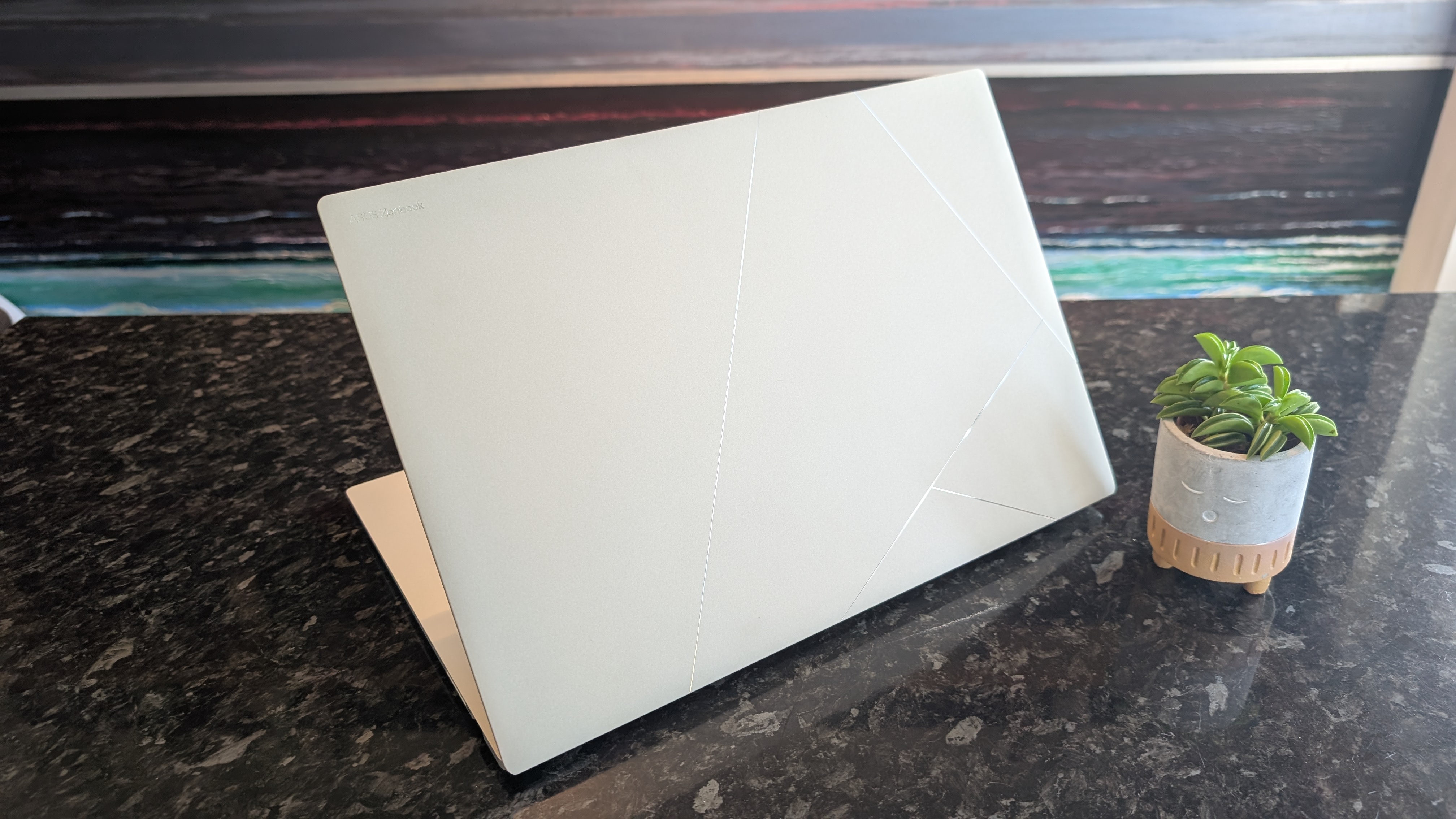
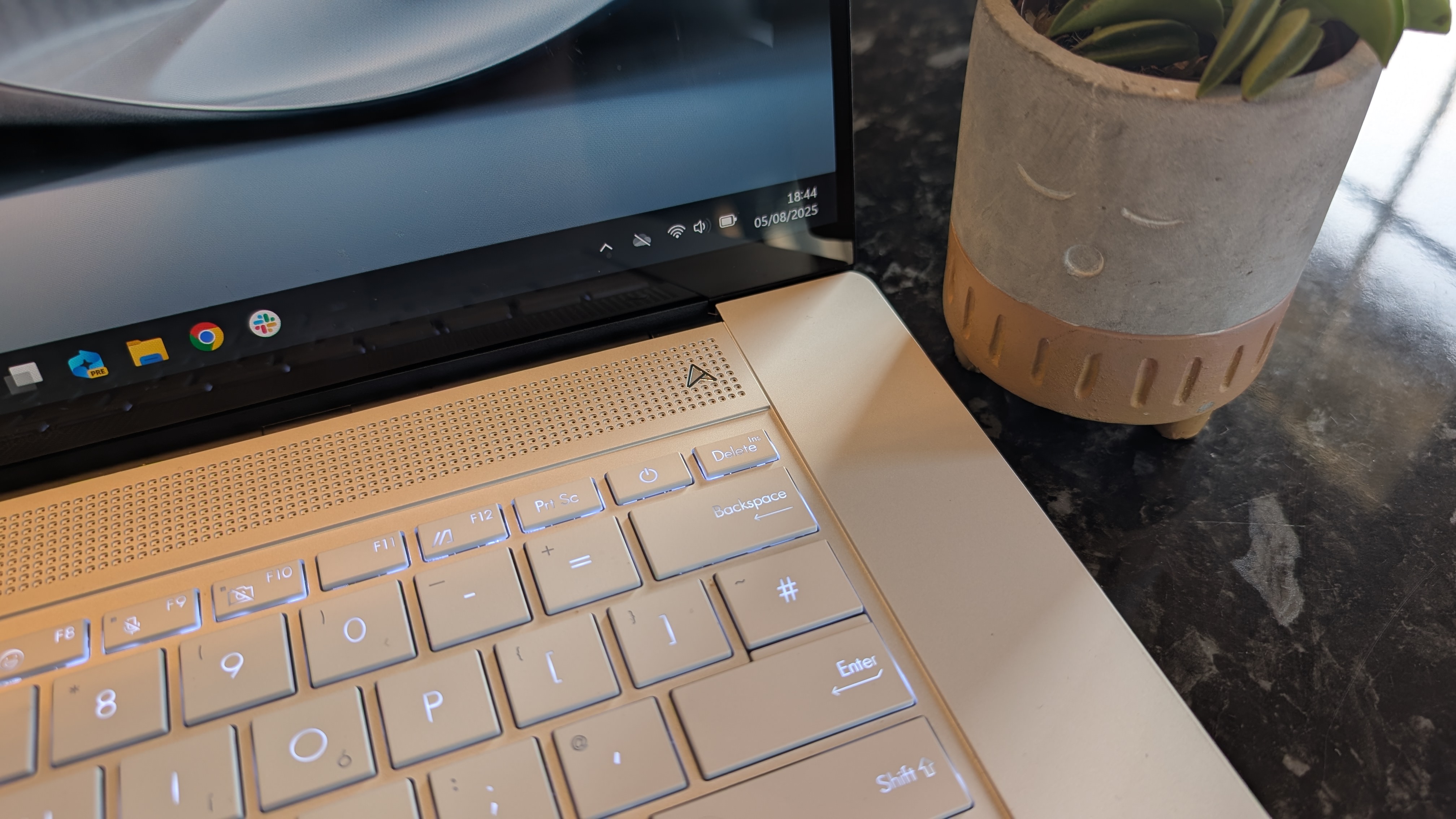

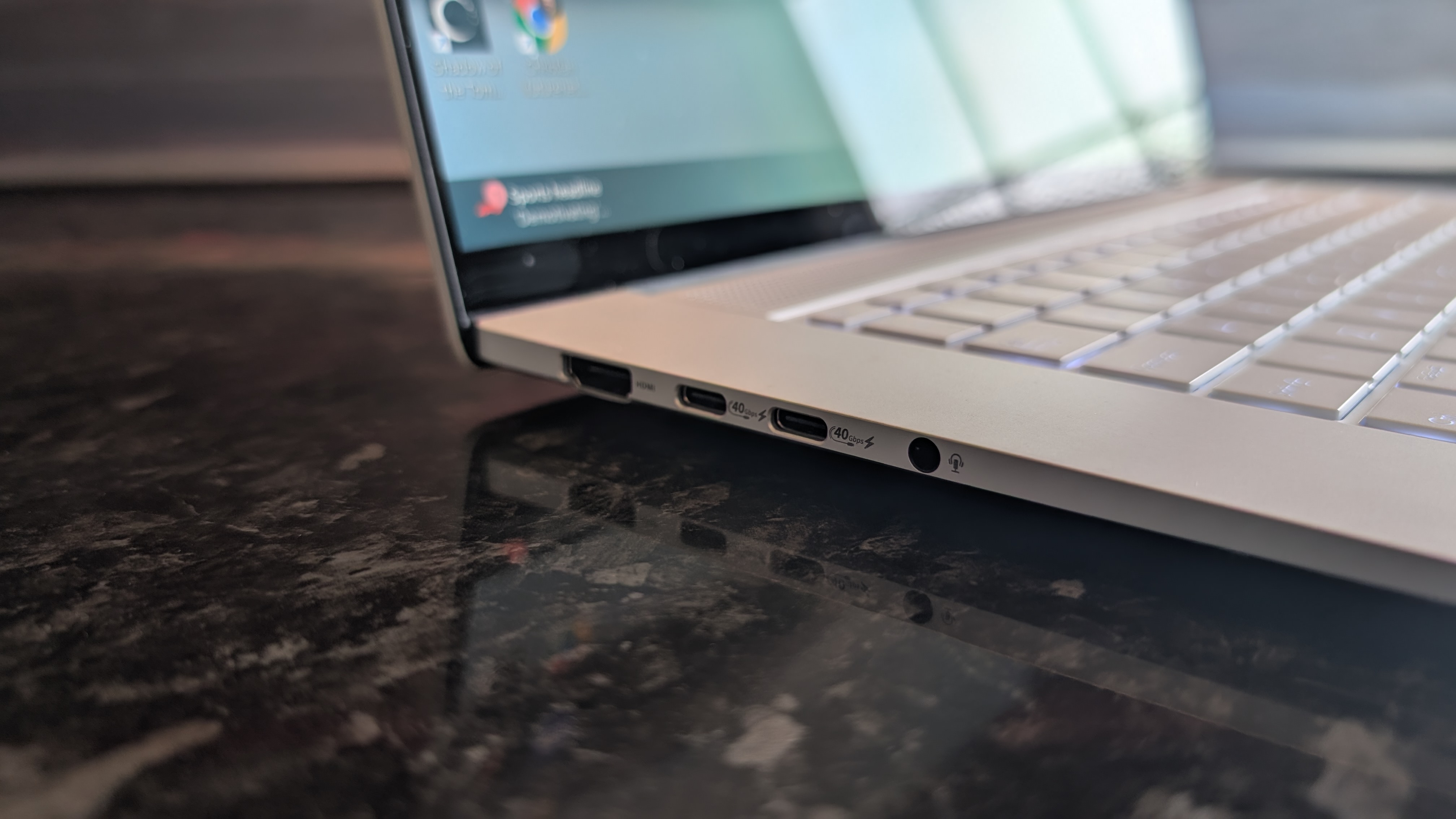
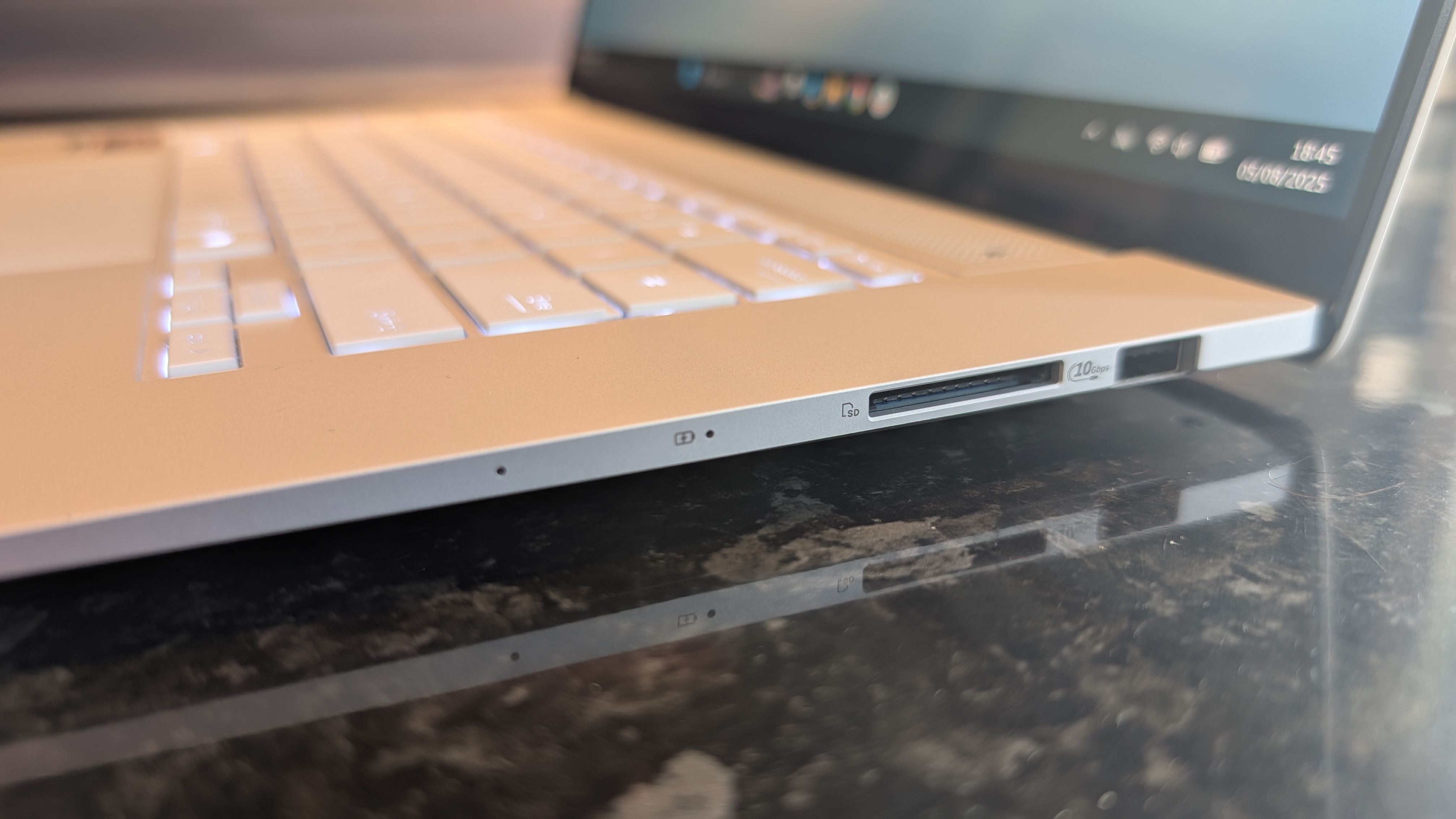
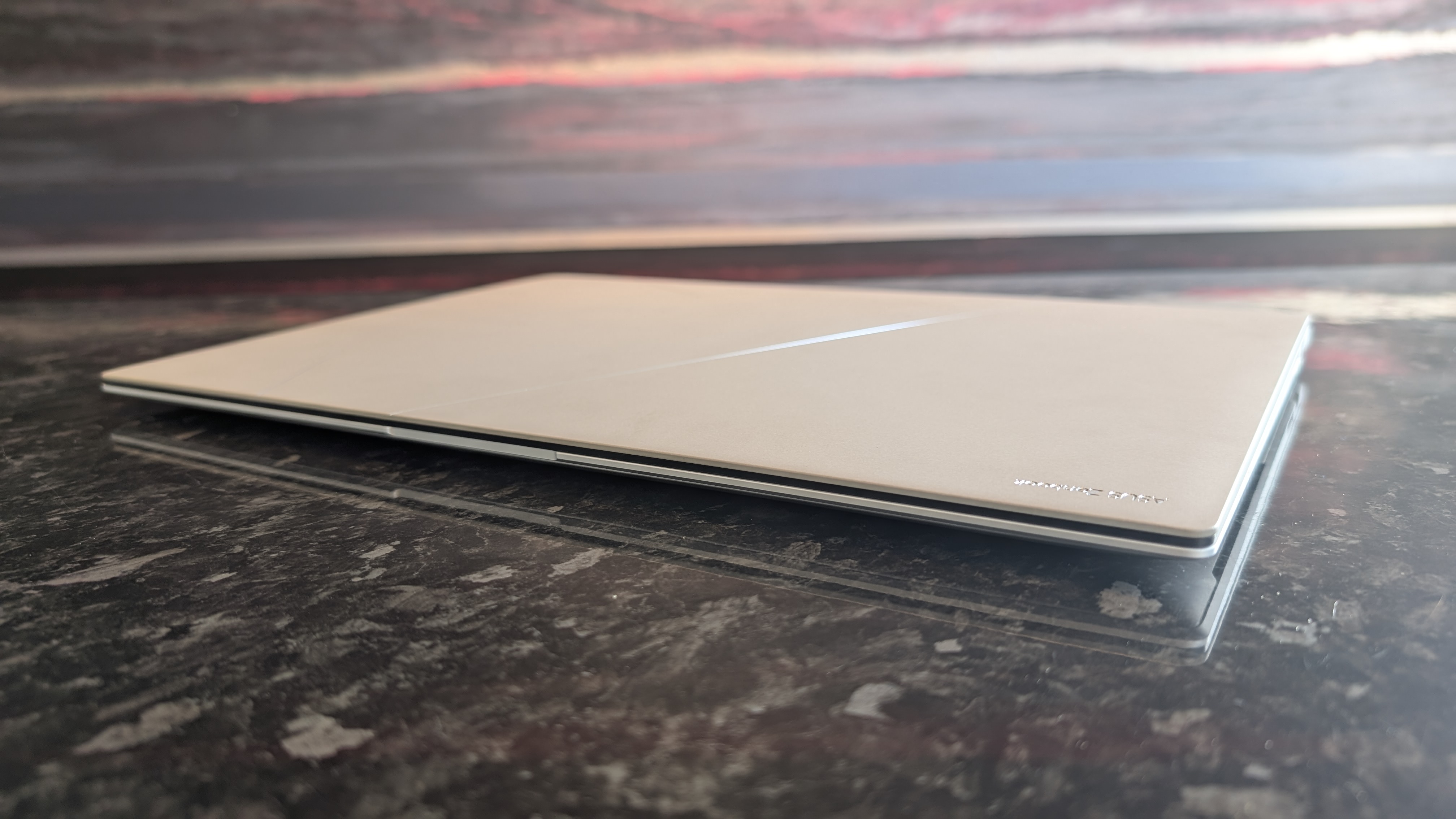
Specifications
Reasons to buy
Reasons to avoid
The Asus Zenbook S 16 is our new pick for the best Ultrabook you can buy in 2025. It's an almost-perfect example of why Ultrabooks are such desirable devices - it comes with an absolutely stunning design, with parts of the body made from ceraluminum - a composite of aluminum and ceramic, that gives the Asus Zenbook S 16 a soft matte feel while keeping the weight as low as possible.
It feels robust, and the ceraluminum shell also protects the laptop from getting damaged. It looks absolutely stunning, and the 3K OLED display is one of the best screens you'll find on a laptop. Hardware-wise, the Asus Zenbook S 16 packs some of the best mobile hardware you can get right now, with our review device coming with the powerful AMD Ryzen AI 9 HX 370 processor (which would have once made this laptop ineligible for our best Ultrabooks list as it doesn't contain Intel hardware, but thankfully that requirement has now changed) and 32GB of RAM, which means it's a brilliant performer for day-to-day tasks, as well as more demanding workloads as well.
Windows 11 feels slick and speedy, and the integrated AMD Radeon 890M graphics even allow it to run some PC games, though I'd recommend you check out our list of the best gaming laptops if you want a laptop that'll run the latest titles at highb frame rates.
The downsides of the Asus Zenbook S 16 are its high price point (not too surprising for an Ultrabook) and relatively average battery life. Don't get me wrong, the battery life is decent, hitting just under 15-hours in our video benchmark, and achieving around 12 hours with normal use, but there are other Ultrabooks out there that can go even longer on a single charge.
Read our full Asus Zenbook S 16 review
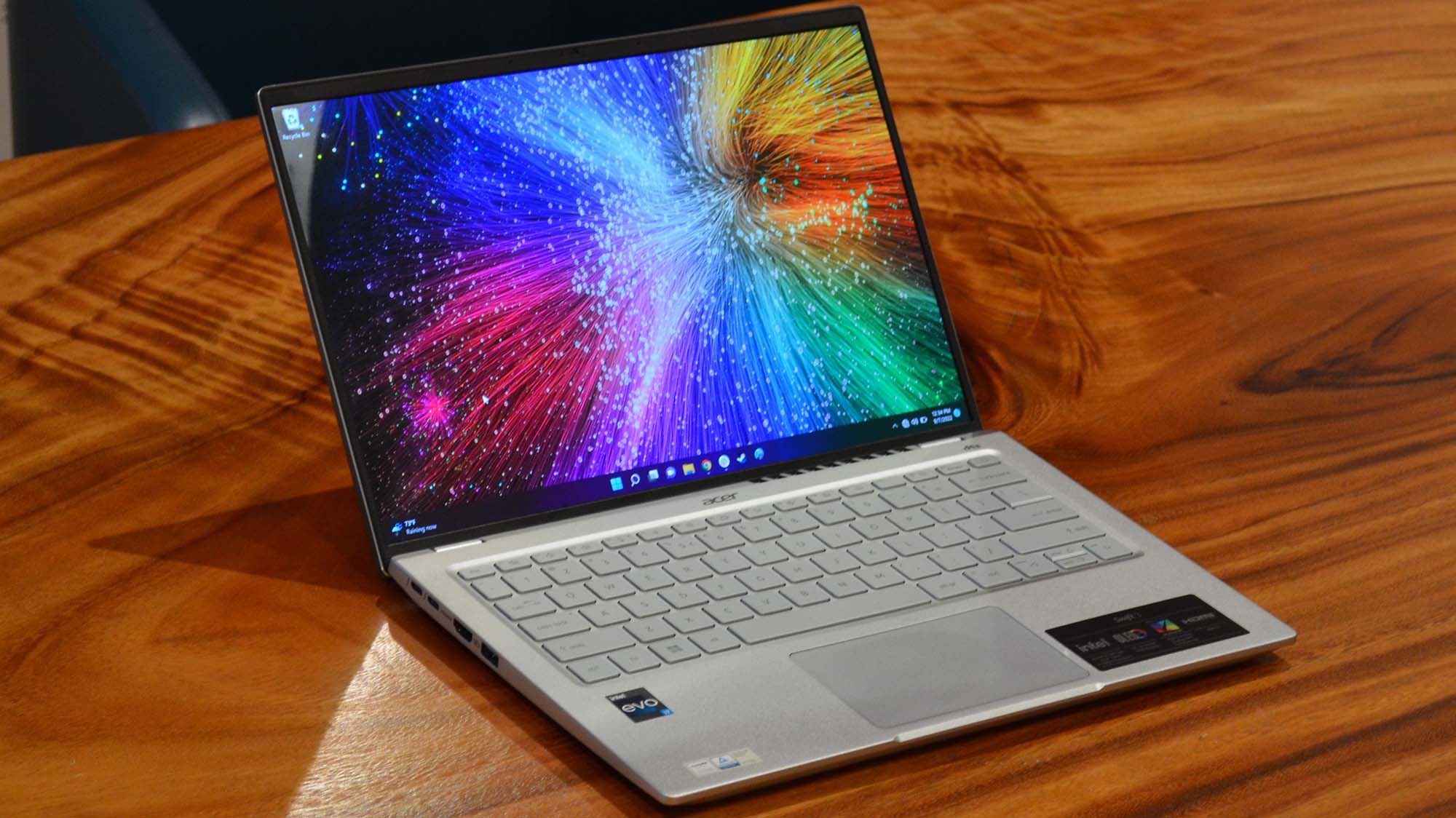
Specifications
Reasons to buy
Reasons to avoid
The Acer 3 Swift OLED is the follow-up to one of the best laptops ever made, and this refresh doesn't disappoint in the slightest. Though it's not a touchscreen like the Acer Swift 3 or Acer Swift 5, its main draw is its gorgeous OLED display that also supports HDR.
Its sleek and slender chassis belies an incredible CPU performance, which has some of the best we've seen from an Ultrabook in years. In fact, it’s one of the highest-scoring laptops we’ve ever tested. The GPU performance is no slouch either, ensuring that you can work and play with ease. And, considering the OLED screen, the battery length is actually decent.
The OLED screen is stunning, one of the most beautiful we’ve seen on a laptop, and the keyboard balances a smooth and sleek design with a satisfying almost mechanical feel. Plus the incredibly affordable pricing makes it an absolute steal for what it offers.
Read our full Acer Swift 3 OLED review
This model is now outdated and will be removed in our October update to be replaced by the excellent Acer Swift 14 AI.
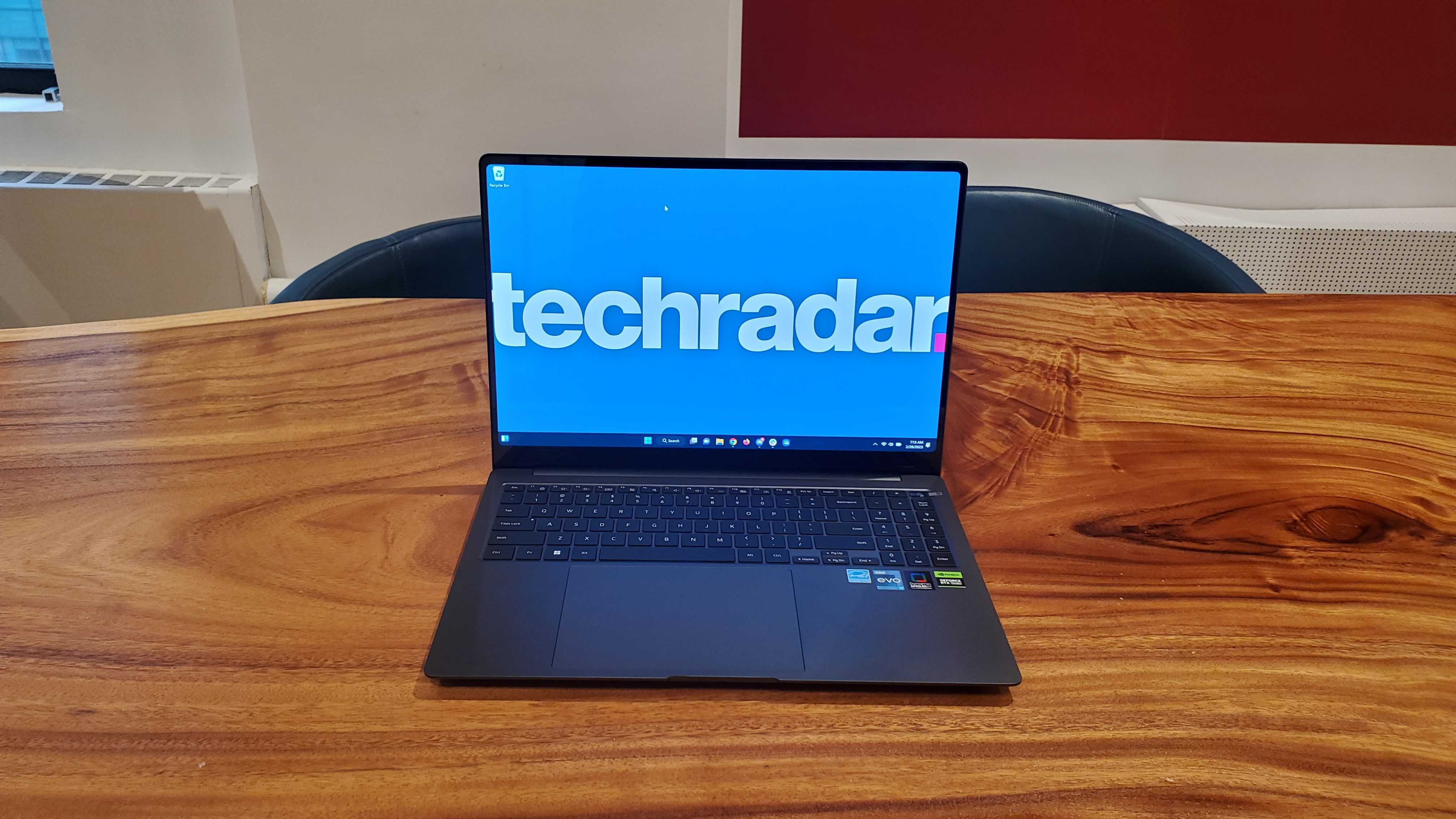
Specifications
Reasons to buy
Reasons to avoid
A truly impressive Ultrabook that proves that Samsung can make laptops as stylish and desirable as major laptop brands, the Samsung Galaxy Book3 Ultra is a worthy and stunning addition to this list. It's not all looks; it also boasts excellent specs underneath the hood that in our experience will see through most creative and editing tasks alongside productivity and even higher-end gaming.
It is, however, the gorgeous 3K AMOLED screen that supports HDR and delivers 500 nits brightness that's eye candy here. We found that it offers crisp, clear visuals as well as bright and vibrant colors on a 16-inch panel that delivers enough space for productivity and creative endeavors.
Sadly, the Samsung Galaxy Book3 Ultra has a terrible battery life. Through productivity work, you can get it to last around six hours at most. But it makes up for that with a keyboard with with keys and a numlock pad.
Read our full Samsung Galaxy Book3 Ultra review
This model is now outdated and will be removed in our October update. In the meantime, check out our Samsung Galaxy Book5 360 review, one of the latest Ultrabooks from Samsung.
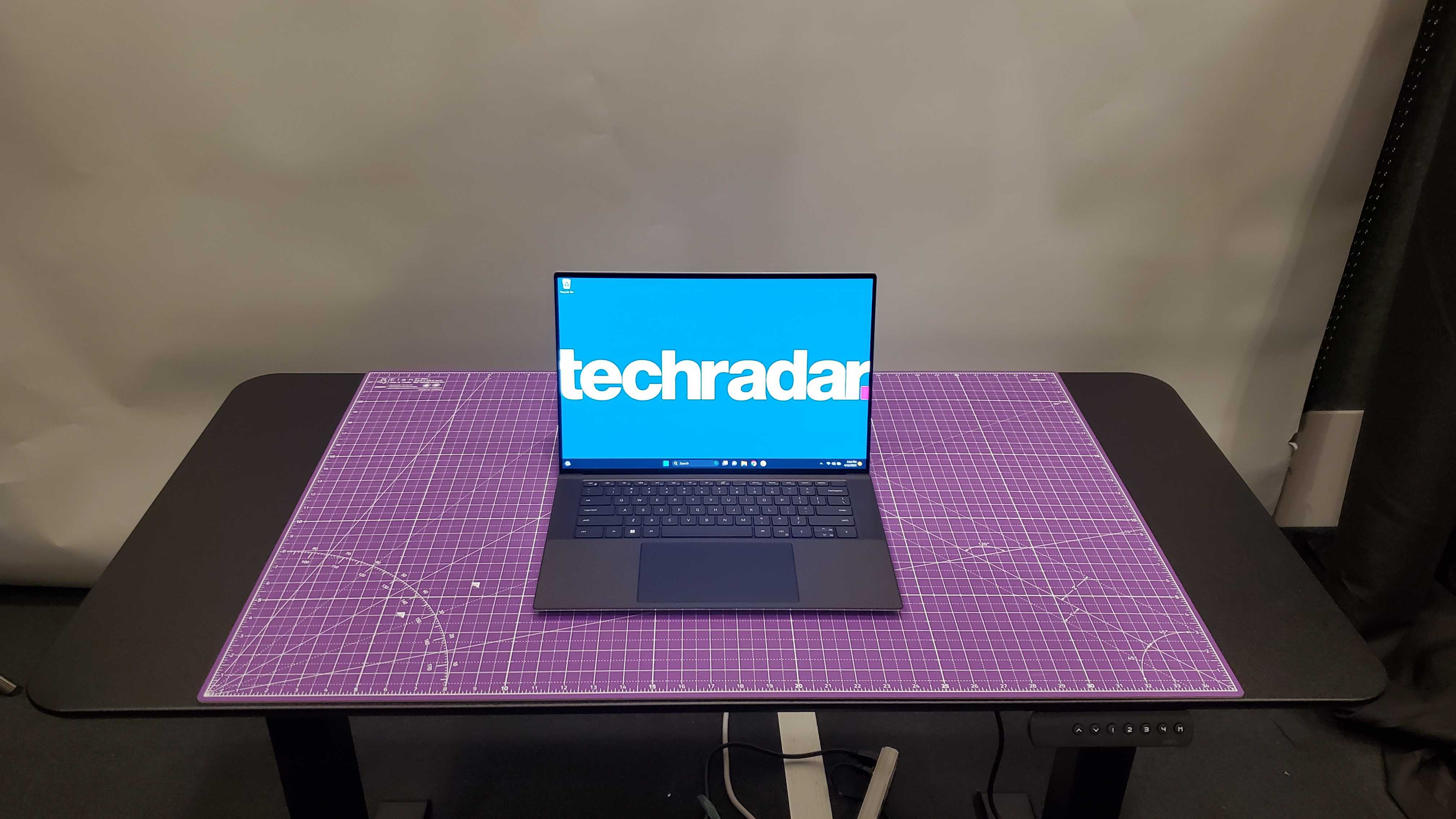
Specifications
Reasons to buy
Reasons to avoid
While the XPS 13 series is officially out of our best Ultrabooks list, the Dell XPS 15 (2023) is staying strong, unaffected by all the drastic changes Dell has been making to its flagship laptop line. Don’t get us wrong; this one went through a few design changes as well, but while gone is that chassis we know and love, it still boasts a gorgeous display, and amazing keyboard and touchpad.
More importantly, it remains powerful. It handled our usual productivity and creative work smoothly with no slowdowns or struggle to speak of during our tests. And throughout all this, it stayed cool as a cucumber, preventing the laptop from overheating and throttling during the more intensive workloads. Invest in one of the higher configurations, and you can expect it to churn out consistently high performance that essentially makes it a great gaming laptop with ray-tracing capabilities.
It’s true that its battery life is not as good as its predecessor. However, it should still see you through a full-day’s work.
Read our full Dell XPS 15 (2023) review
This model is now outdated and will be removed in our October update. If you want a large-screen Ultrabook from Dell, I recommend you check out the Dell 16 Premium.
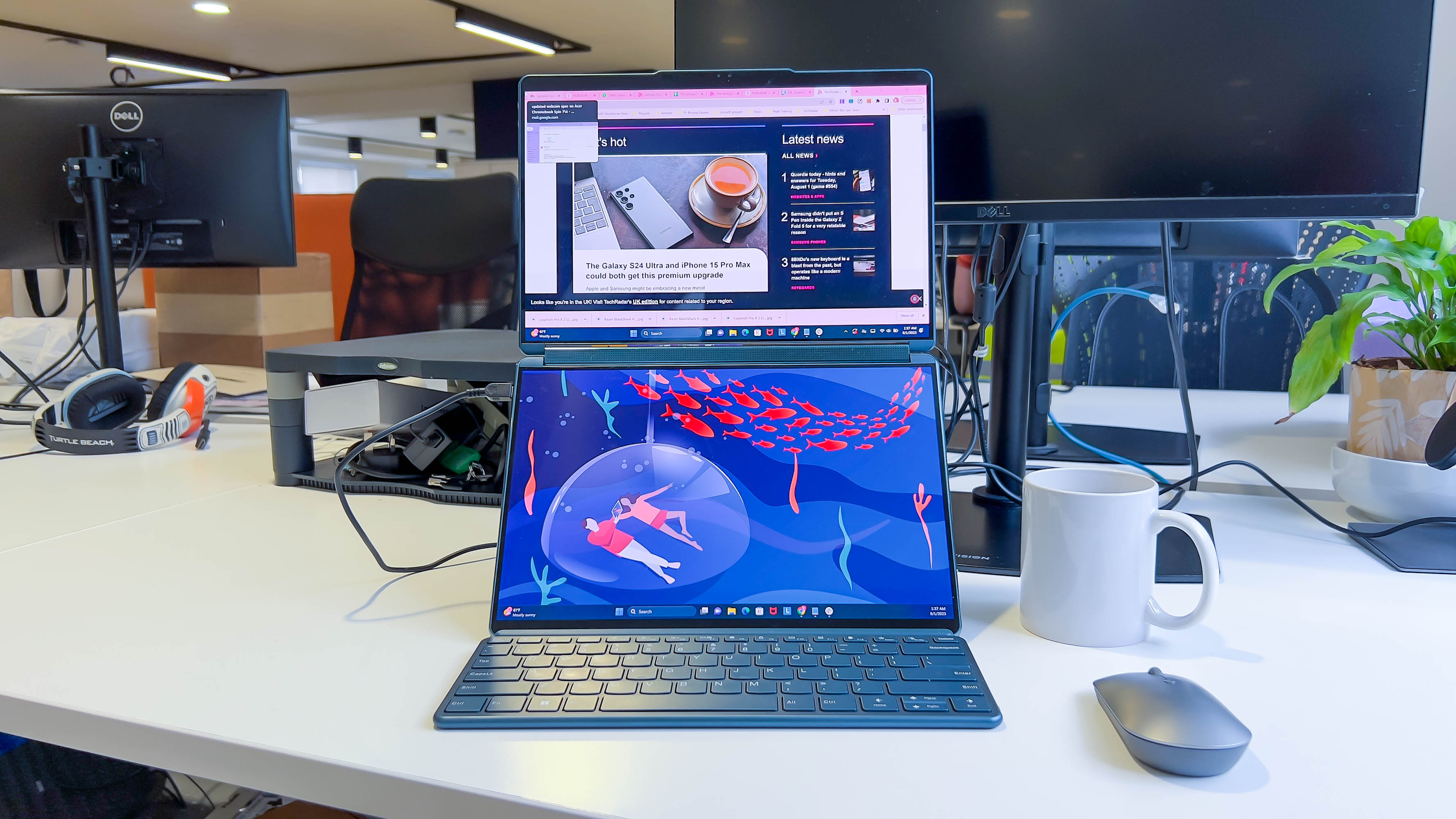
Specifications
Reasons to buy
Reasons to avoid
Despite its price, the Lenovo Yoga Book 9i is a worthy investment if you're a multitasker whose daily work needs cannot be satisfied by just a single laptop screen. This laptop is worth a look, especially since Lenovo quite beautifully and seamlessly executed its dual-display design, complete with multiple modes so it's going above and beyond being a 2-in-1 laptop.
It's a capable laptop as well. On test, it saw us through not only our general productivity needs but our photo editing workloads as well, taking only three minutes and fifty-two seconds to export those same images as JPEG. What's even more impressive is its over nine-hour battery life benchmark result; Play your cards right, and you can extend that to 14 hours. The touchscreen displays are total stunners as well. During testing, they delivered about 193% DCI-P3 and 163% sRGB color coverage with an average of Delta E < 1.0 color accuracy.
All that in a sleek, thin and lightweight chassis. This one's an absolute ace in our book, pun intended.
Read our full Lenovo Yoga Book 9i review
This model is now outdated and will be removed in our October update. If you're after a unique dual-screen Ultrabook, check out the Asus Zenbook Duo 2025.
Get your laptop for less with our Lenovo voucher codes.
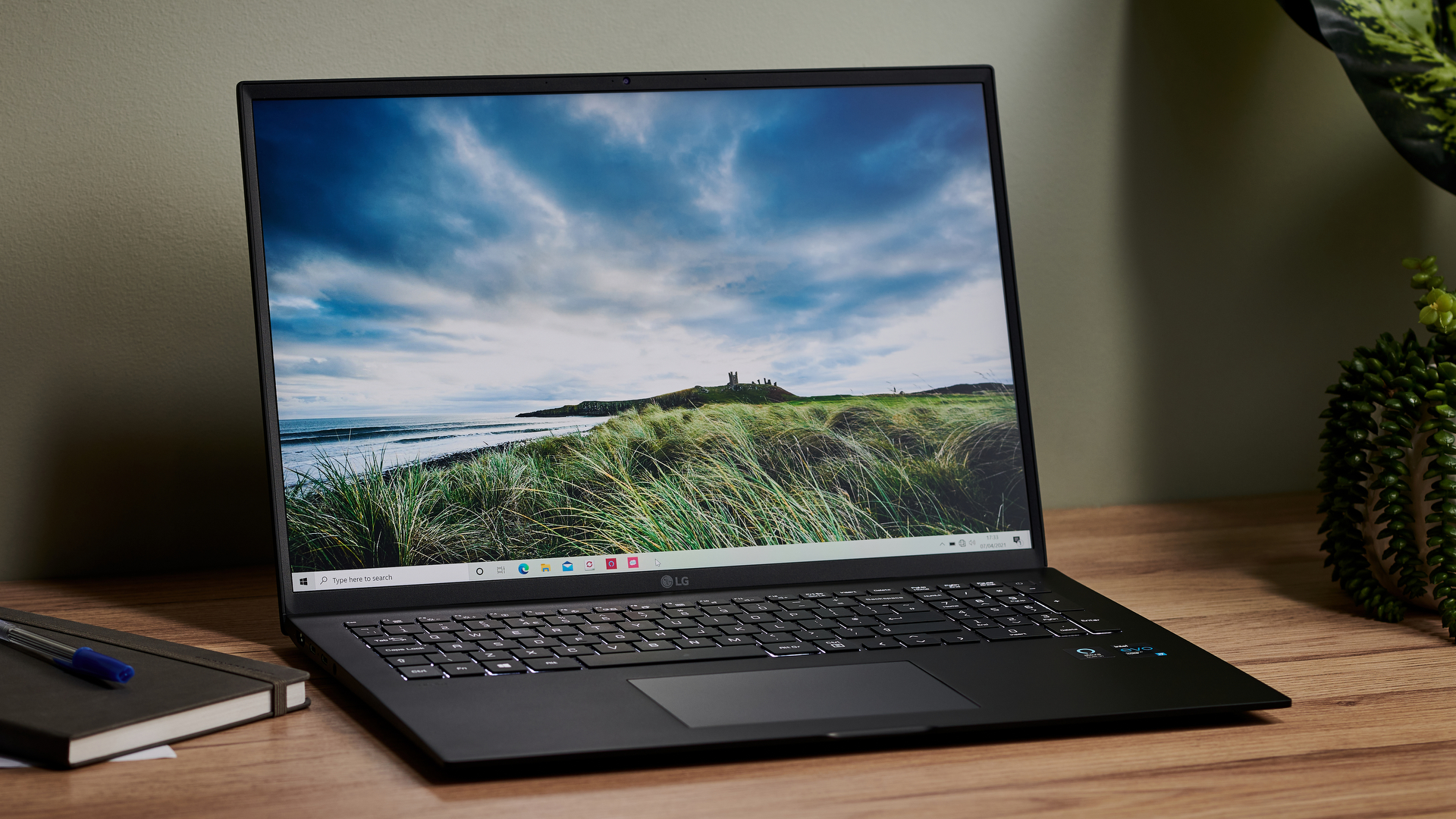
Specifications
Reasons to buy
Reasons to avoid
Laptops for work are re-joining the 17-inch fray and leading them is the much-lauded LG Gram 17, whose amazingly thin and light form factor has won awards and makes it among the best Ultrabooks on the market. It’s back and better than ever, with more powerful internals like the 11th-generation Intel chips and the Iris Xe graphics as well as two Thunderbolt 4 USB-C ports.
The long battery life and stunner of a screen are back, though as is its steep price tag. It’s worth it though if you want the power and portability of Ultrabooks yet also need a bigger screen.
Read our full LG Gram 17 (2021) review
This model is now outdated and will be removed in our October update. I would recommend checking out the Lenovo Yoga Slim 7x for an impressively svelte Ultrabook in 2025.
Sign up for breaking news, reviews, opinion, top tech deals, and more.

Christian is TechRadar’s UK-based Computing Editor. He came to us from Maximum PC magazine, where he fell in love with computer hardware and building PCs. He was a regular fixture amongst our freelance review team before making the jump to TechRadar, and can usually be found drooling over the latest high-end graphics card or gaming laptop before looking at his bank account balance and crying.
Christian is a keen campaigner for LGBTQ+ rights and the owner of a charming rescue dog named Lucy, having adopted her after he beat cancer in 2021. She keeps him fit and healthy through a combination of face-licking and long walks, and only occasionally barks at him to demand treats when he’s trying to work from home.
- Matt HansonManaging Editor, Core Tech